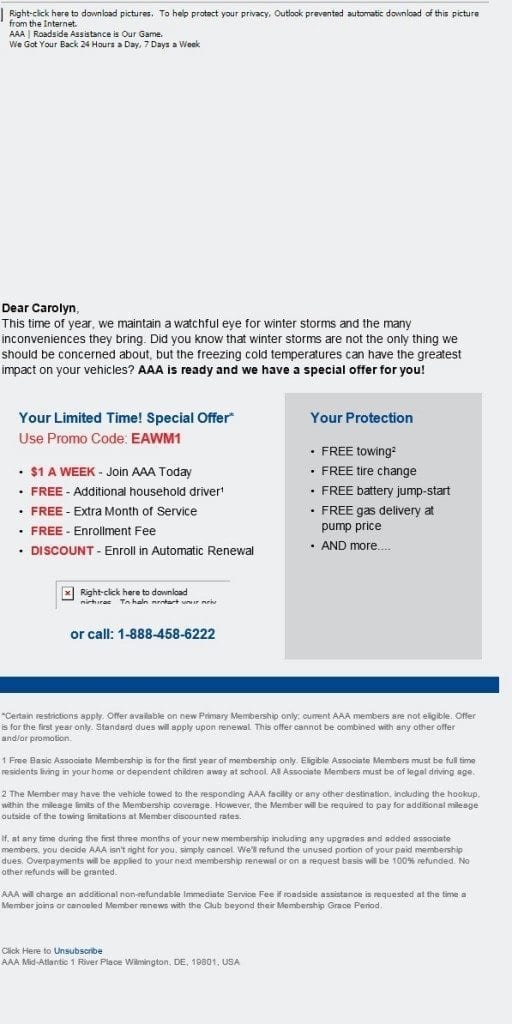Email marketing is cost effective and typically has a high return on investment. But over the years, email marketing has changed. Measuring the performance of email and its impact on incremental revenue can be difficult.
In this 2-part series, I’ll address the email metrics you should be paying attention to, as ecommerce merchants. This first installment will cover the basics: delivery rate, open rate, and click rate.
Delivery Rate
Your emails can’t be effective if they are not delivered to your subscribers. “Delivery rate” simply measures the percentage of emails that actually were delivered. Typically there is a small percentage of emails that are blocked, bounced, or rejected for one reason or another. It’s rare to achieve a 100 percent delivery rate, unless emailing to a small audience.
Cleaning your database of unresponsive subscribers is key. (See “Email Marketing in 2014: How to Avoid Spam Folders,” my previous article on that topic.) Monitoring your average delivery rates will help spot problems. If you notice a significant drop in your delivery, investigate the potential cause.
Emailing an older list for the first time, for example, would be one reason why a delivery rate is lower. On average, without new subscribers roughly 20 percent of your list will become undeliverable each year.
Open Rate
“Open rate” is often considered the standard for determining a successful email. It measures the percentage of recipients that opened the email.
To determine an “open,” email programs insert 1-pixel image in the body of the email. To register as an open, this pixel needs to downloaded and be opened. If a recipient does not download images or if she is viewing on a mobile device and do not download images, it will not count as an open. If you are using a more text-based email or a hybrid of text and images where most of the message may be viewed without downloading images, recipients can read, click, and convert without ever “opening.” Thus, sometimes the actual open rate is higher than what is reported.
For example, the screenshot below from American Automobile Association — i.e., AAA, the nonprofit motor club — shows an email without images. Most of the text is visible, and the recipient can still read, click, and convert. This email would be considered unopened until images were downloaded.

This email from AAA has no opened images.
What constitutes a good open rate? I’m asked this question almost daily. The answer, always, is “it depends.” The biggest factor in determining your open rate is the quality of your database and the audience you’re sending to.
If deploying to dormant recipients that you are trying to reactivate, the open rate will be far less than, say, to a small group of people that just abandoned a shopping cart. It’s better not to look at industry averages and focus on the metrics within your own program. Set your own benchmarks and try to improve them with better segmentation, subject lines, and testing.
In addition, look at your open rate churn, which is an analysis of recipients that open every message versus recipients that open sporadically. This may help you develop segmentation and frequency strategies.
Click Rate
The “click rate” is another key indicator of a successful email. Typically click rates tell us if a recipient found the email appealing enough to respond to its content. The click rate is the percentage of recipients that clicked on an email.
Some marketers stress the click-to-open ratio, which is the number of clicks divided by the number of opens. This helps determine if the message was effective enough for recipients to click through. In my experience, if the click-to-open ratio is at least 10 percent, the message was typically effective.
But, importantly, not all emails are designed for clicks. If an email is more of a content piece — like a newsletter — or if it is designed to drive individuals to an event or a brick-and-mortar store, click rates will likely be drastically lower. In other words, the objective an email will determine an acceptable click rate.
For the most part, click rates are lower on mobile devices. Clicking on an email from mobile device usually requires more commitment and interest, versus on a laptop or desktop.
In “Part 2,” I’ll address more advanced email metrics.




